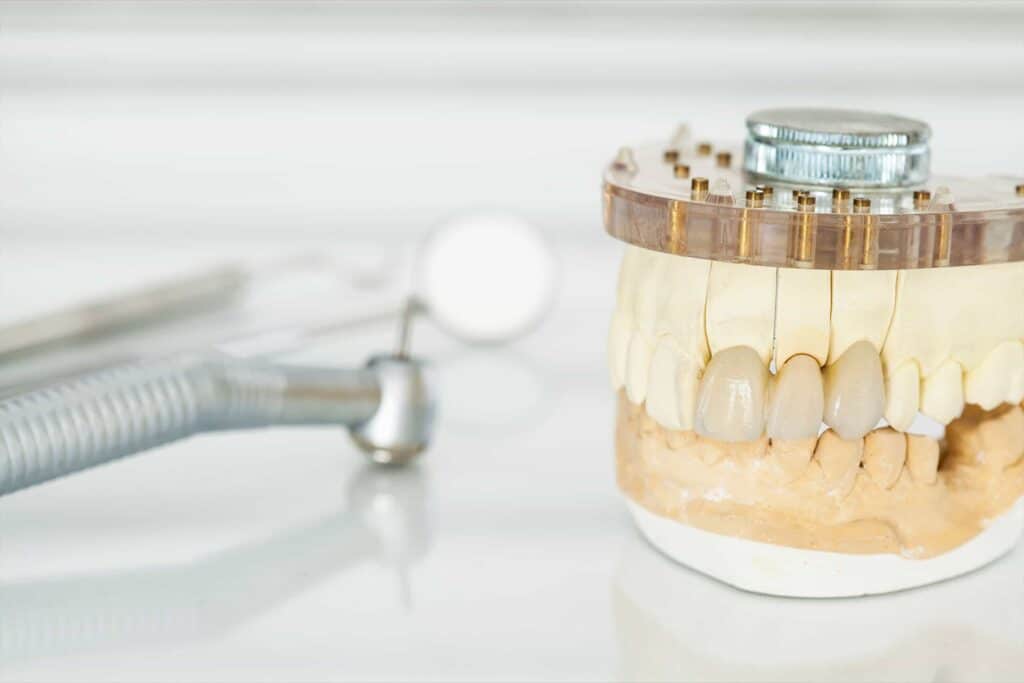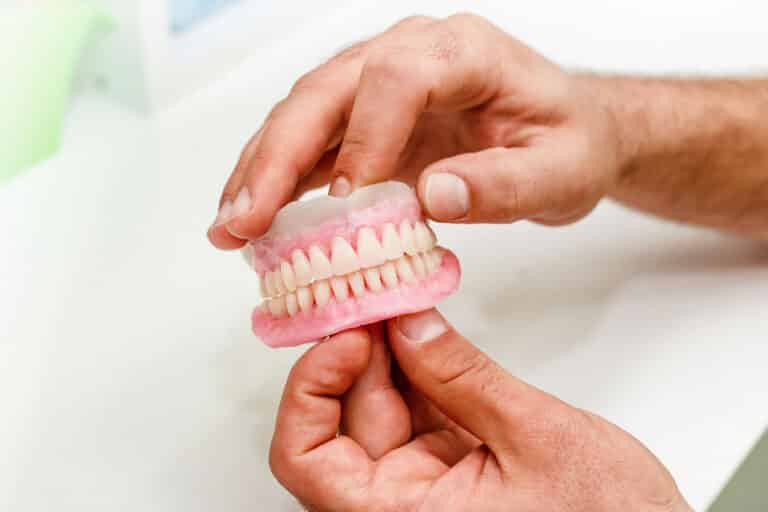Oil pulling has recently seen a popularity surge in the Western world, yet it originates in India’s Ayurveda, the traditional medicine system there. It is the act of swishing oil (usually coconut, but you can also use grapeseed or olive) around your mouth, similar to a mouthwash, for 15 to 20 minutes to remove bacteria and promote elevated oral hygiene.
Some studies show it can decrease and kill bacteria in the mouth, improving dental health. Oil pulling pulls unwanted bacteria from the mouth while moisturizing the gums and possibly assisting in saliva production, reducing the number of bacteria present.
Regardless of research, oil pulling can be controversial, depending on who you ask. Like anything, it comes with potential benefits and risks.
The Benefits And Risks Of Oil Pulling
Many people see benefits from consistent oil pulling, and if you’ve decided to add it to your routine, here are a few perks you can expect.
Killing Harmful Bacteria
Oil pulling can significantly reduce the number of bacteria and plaque present in the mouth. Decreasing the number of bacteria alone can improve oral hygiene while preventing tooth decay, gum disease, and bad breath.
Improve Gum Health
Using anti-inflammatory and anti-microbial oils (like coconut oil or sesame oil) to oil pull may help reduce the inflammation and redness in the gums that can lead to gingivitis and tooth decay. Though only studied in smaller control groups, those that agreed to oil pulling saw a significant reduction in signs of gingivitis and harmful bacteria present in the mouth.
Whiten Teeth
Though the evidence that oil pulling may remove surface stains and whiten teeth is purely anecdotal, many people swear by this fact. While the tooth-whitening possibilities don’t have any basis scientifically, it’s fun to try it for health benefits and keep a tally on how much whiter it makes your teeth, if it all.
As you can see, oil pulling has some pretty impressive and proven perks. However, with benefits come risks, so let’s discuss those.
Lack Of Evidence
Though there’s strong evidence that oil pulling does help with inflammation and bacteria reduction, the ADA (American Dental Association) doesn’t believe there’s enough evidence. Studies are typically small, and rather than doing it, the ADA recommends flossing, brushing with fluoride toothpaste, and rinsing with ADA-approved mouthwash. Many of the studies that show benefits still state that it does not replace traditional oral hygiene.
Cannot Reverse Gum Disease
While oil pulling may heal inflamed gums and decrease bacteria, there is no proof that it can reverse gum disease. Those with advanced gum disease should not try it as a home remedy. Instead, they should keep in steady contact with a dental professional.
Remember, it is an addition to an already established and proper oral care routine. It’s not a replacement for flossing, brushing, or routine dental checkups.
How Do You Oil Pull?
There are various oils you can use for oil pulling. You can use prepared store-bought concoctions or a tablespoon of organic coconut, sesame, avocado, grapeseed, or extra virgin olive oil at home.
Without swallowing the oil, you should swish it around your mouth for 15 to 20 minutes before brushing it thoroughly. Jaw soreness can happen for those just beginning, so start with three to five minutes and work your way up. When you’re finished, you’ll spit the oil out into the toilet and flush the toxins away!
Oil pulling can work for people of all ages, but kids under 13 may struggle. Not only are they more likely to swallow the oil (and all that nasty bacteria along with it), but it’s difficult for them to swish for that long. Instead of asking your toddlers and elementary kids to oil pull, begin to show them how when they’re teenagers.
Begin Your Oil Pulling Journey Today
Oil pulling can reduce plaque and prevent plaque-induced gingivitis. While it’s not a cure-all for common dental issues, such as advanced gum disease, tooth decay, or gum recession, it can be a fantastic addition to your daily oral hygiene routine to keep your mouth looking and feeling its best.
You can start your journey slowly, starting with a teaspoon of oil and around two minutes on the swish clock. Once you’ve gained jaw strength and the necessary patience, you’ll find that you can swish for 20 minutes without issue. Many people oil pull while making breakfast, getting dressed, or taking a shower.
Overall, it’s a super simple addition to your routine and will help you keep your teeth and gums healthy between your scheduled dental visits.





